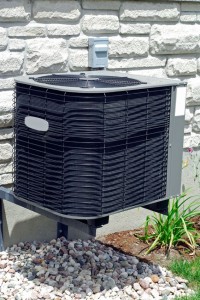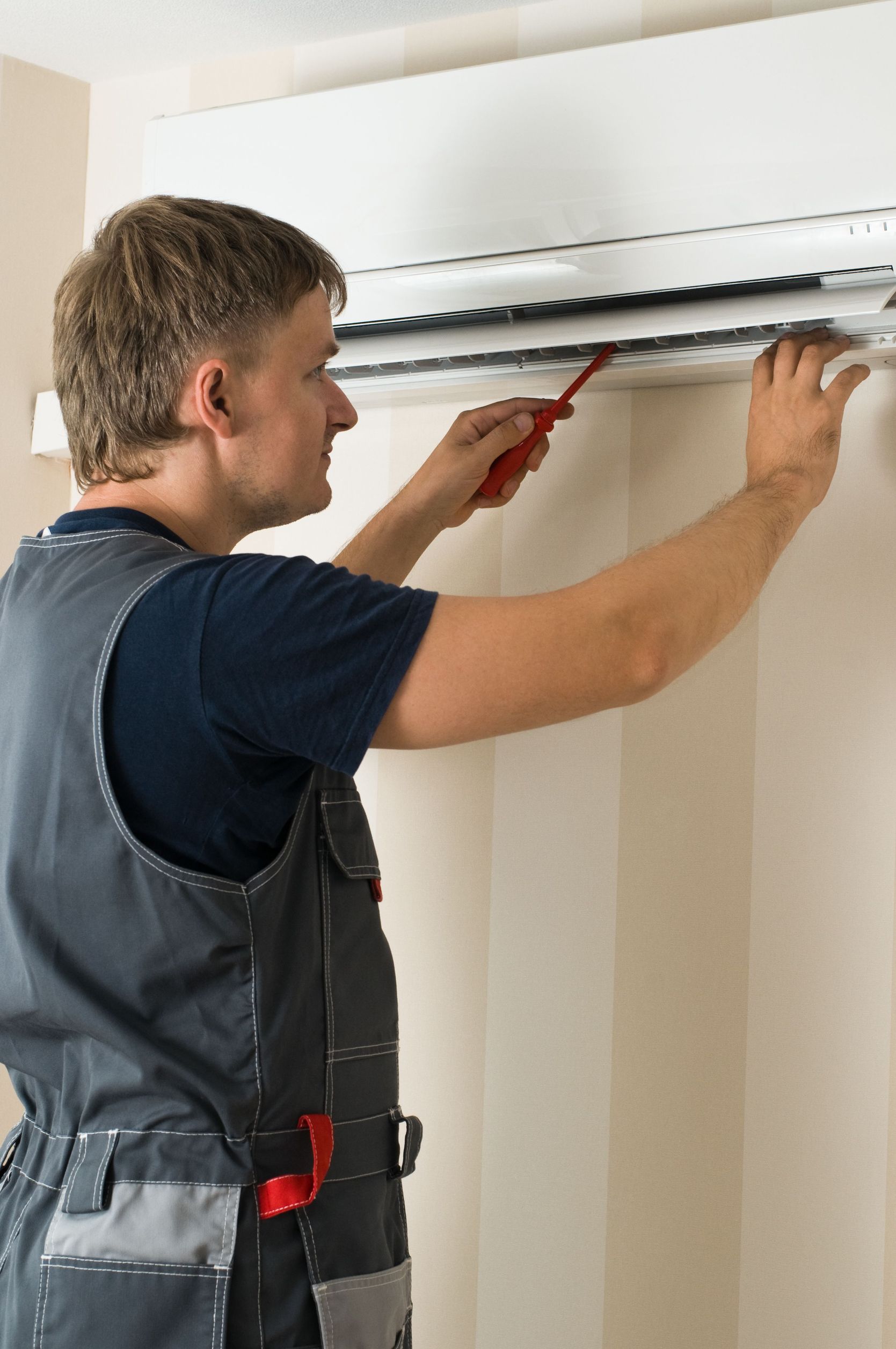In the UK, most homes are heated using a radiator system. This requires a boiler which pipes hot water or oil throughout a building. Alternatively, some homes use warm air heating. This uses a furnace to heat the air directly and then funnels it via ducts to various parts of a home or other facility. An example of this is a Lennox Air warm air heating unit. You can buy a heating unit from Lennox Air in Bedfordshire from all good plumbing and heating suppliers.
Finally, some heating systems use both a radiation system and warm air heating. This uses a boiler to boil water which circulates through a heat exchanger. The heat exchanger is housed inside an air handler which contains a fan, circulating the air through ducts.
Fuels used in heating system
There are three main types of fuels used in a heating system. It’s quite common to use gas to fuel a boiler or a furnace, because this is relatively cheap and efficient. Others use oil, while the least preferred option is electricity. However, in today’s environmentally conscious world, solar power and other renewable sources are becoming more popular.
Forced air heating and gravity hot air
Warm air heating systems come in two main types. The first type uses forced air heating, while the second type uses gravity hot air. Traditional warm air heaters simply heated the air surrounding the furnace, usually found in the basement, and the air would naturally rise and flow through the house as it is heated. So-called “gravity furnaces” tend to have two pipes that go in and out of the furnace. This type of heating relies on convection to work.
Forced air heating is used in modern warm air heating systems. This requires multiple parts – many more than gravity hot air. Aside from the furnace, there is a fan (or blower), a plenum which returns cold air, a plenum which supplies warm air, an air handler and supply and return ducts which alternatively transport warm and hot air. This type of unit relies on the power of the fan and blower, as well as the heat exchangers and air handler, to shuttle heat around the house. With all that gadgetry, these types of heaters can come with all sorts of features, including humidifiers and dehumidifiers.
Forced air disadvantages
The main drawback of forced air heating is that they are incredibly noisy. The fans and blowers turn on intermittently all day and, especially if the ducts aren’t very well insulated, can cause a lot of noise. They are also more prone to spreading airborne allergens so might not be the best option for someone with asthma, for example.



